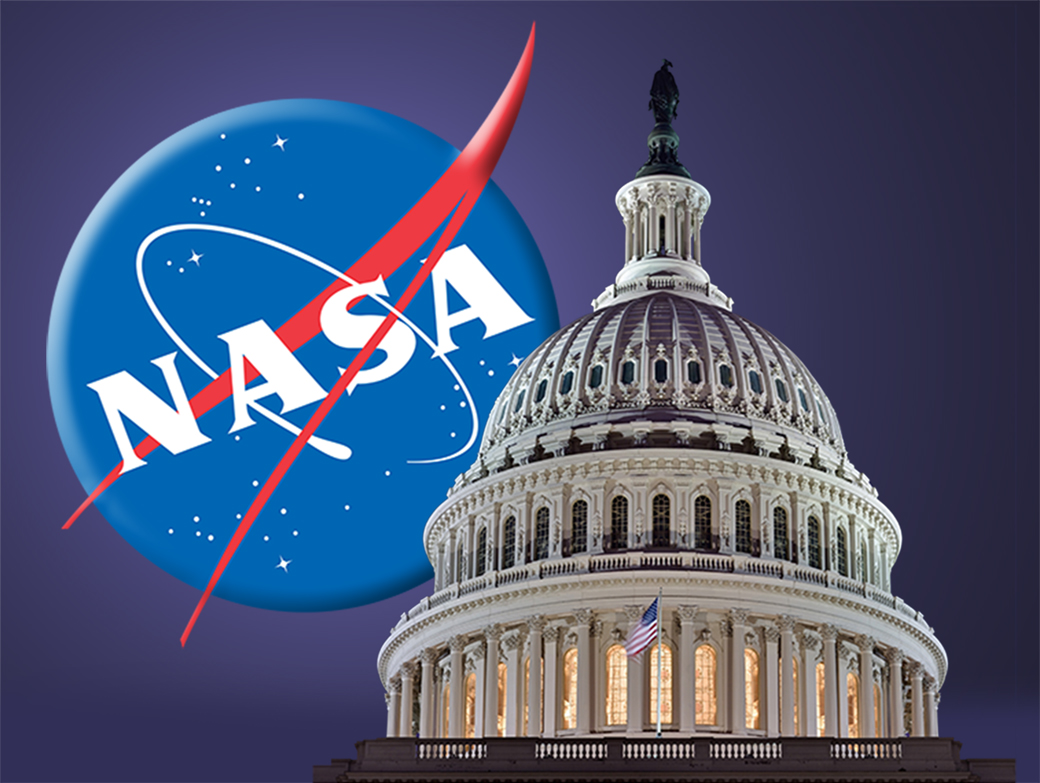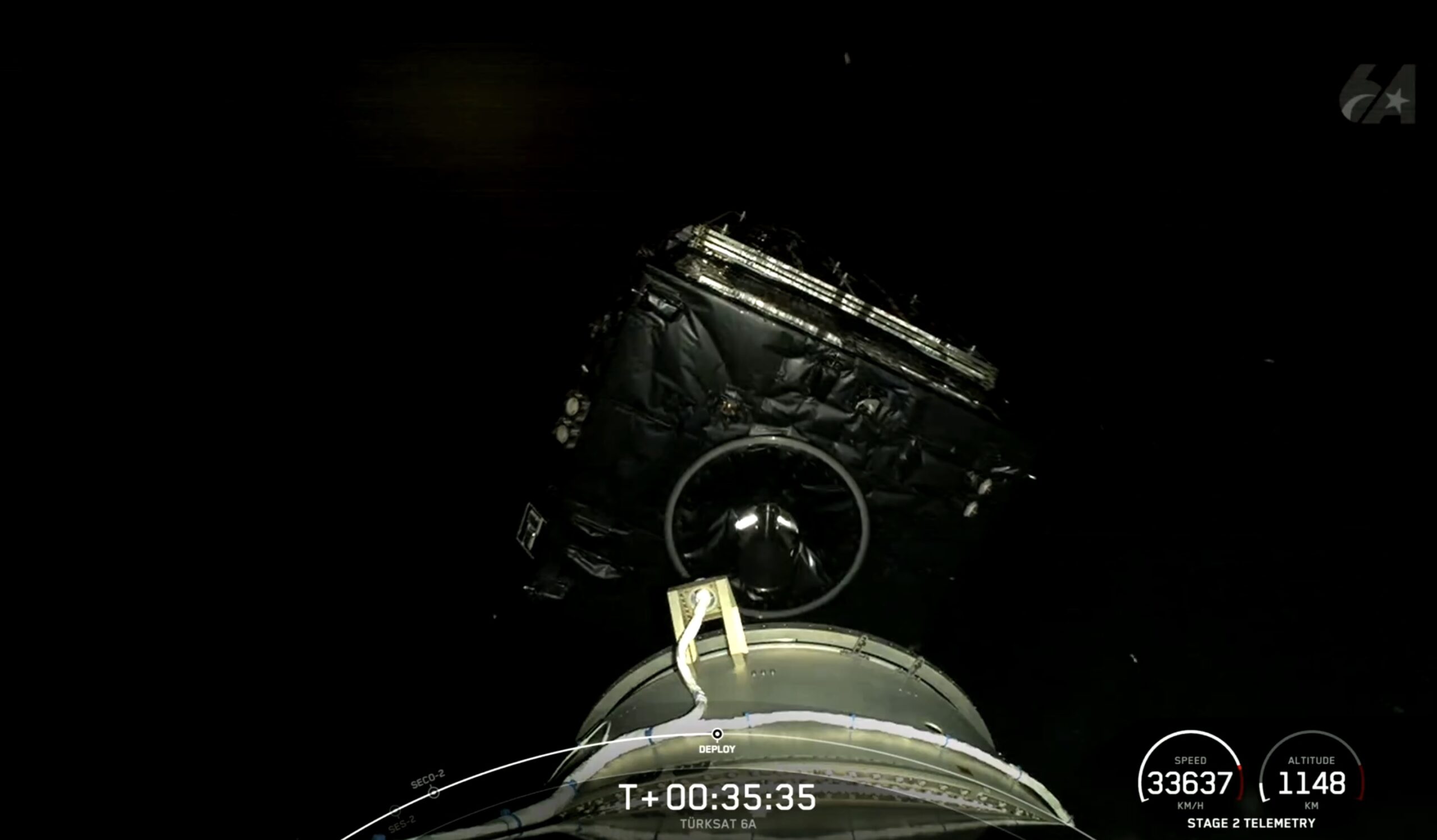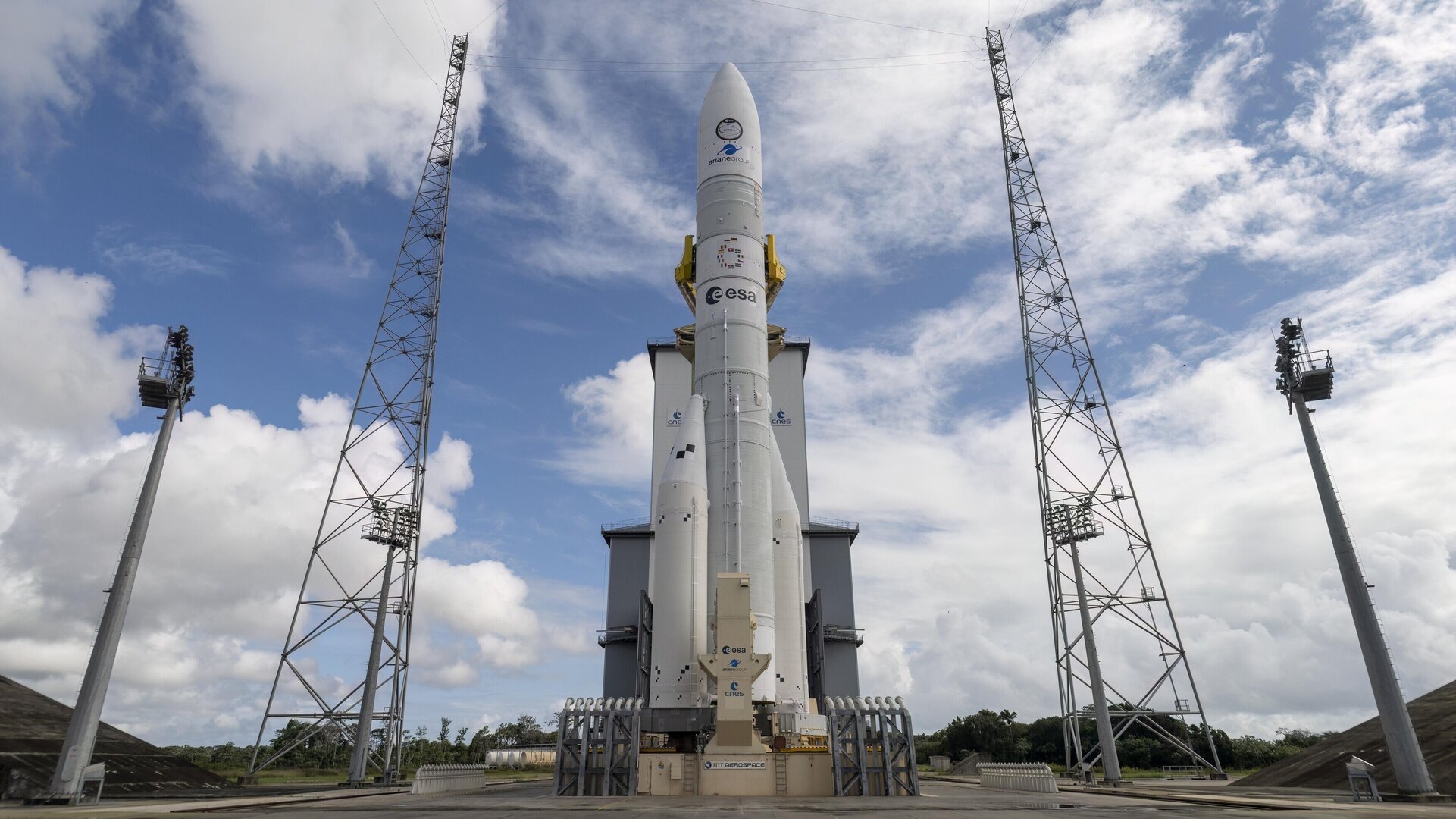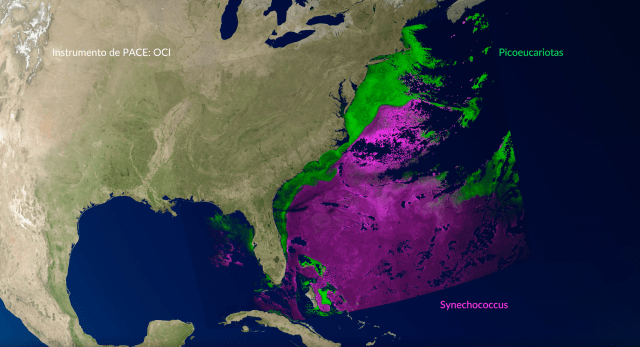House spending bill directs NASA to study asteroid and orbital debris missions
Original Publication Date: 2024-07-09 06:54

House Appropriations Committee releases report accompanying its spending bill. Report directs NASA to spend $5 million on a plan for a public-private partnership mission to Apophis. Apophis is a near Earth asteroid that will make a close approach to Earth in April 2029. NASA plans to visit the asteroid after the flyby with the OSIRIS-APEX spacecraft.
SpaceX launches Turkey’s first home-grown communications satellite
Original Publication Date: 2024-07-09 01:22

Turkey's first domestically built communications satellite launched July 8. Turksat 6A lifted off on a Falcon 9 rocket at 7:30 p.m. Eastern from Florida. Falcon 9’s first-stage booster also successfully landed on a drone ship in the Atlantic Ocean.
JAXA to support work on commercial space station technologies
Original Publication Date: 2024-07-08 20:58

Japan's space agency is seeking industry proposals for technologies. The technologies could contribute to future commercial space stations. The request for proposals is part of a new Space Strategic Fund. The fund will offer one trillion yen ($6.2 billion) over 10 years to Japanese companies.
Military-to-civilian space traffic transition nears critical juncture
Original Publication Date: 2024-07-08 13:00

TraCSS is a U.S. Government initiative six years in the making. It is the linchpin for shifting space traffic coordination from the Department of Defense to Commerce. The beta “Phase 1” version that selected users will be able to test in October.
Europe set for crucial first launch of Ariane 6
Original Publication Date: 2024-07-08 11:41

Ariane 6 is set to launch from the Kourou launch site in French Guiana between 2:00–6:00 p.m. Eastern (1800–2200 UTC) July 9. The European Space Agency (ESA) is streaming the launch live via ESAWebTV. The first flight however will only carry a number of small satellites and experiments.
ESA’s statement regarding Ariane 6 the day before launch – SatNews
Original Publication Date: 2024-07-08 00:00

Ariane 6 is Europe’s newest heavy-lift rocket, designed to provide great power and flexibility at a lower cost than its predecessors. The launcher’s configuration – with an upgraded main stage, a choice of either two or four powerful boosters and a new restartable upper stage – will provide Europe with greater efficiency and possibility. Ariane 6 is scheduled to launch on July 9 at 11:00 AM – 3:00 PM PDT, from Guiana Space Centre, French Guiana.
SpaceX sends Turkey’s first ‘home grown’ communications satellite despite threatening weather – SatNews
Original Publication Date: 2024-07-08 00:00

SpaceX succeeded in launching Turkey’s first home grown communications satellite despite a delay due to weather. The Sunday weather report report from the 45th Weather Squadron forecast only a 30 percent chance of favorable weather at liftoff for both the primary and backup dates. “Convective activity should taper off after sunset, but steering winds are expected to be weak, possibly extending any weather violations that occur,” the weather report stated.
AAC Clyde Space secures the company’s 1st customer for the Cyclops EO constellation – SatNews
Original Publication Date: 2024-07-09 00:00

AAC Clyde Space has won its first order for the Cyclops Earth Observation (EO) satellite constellation. The project will start in Q3 2024 and continue until Q3 2026. The satellites will provide high resolution image data enabling, amongst many other applications, the efficient monitoring of tree health.
SpaceX’s Wednesday Starlink smallsats launch from California – SatNews
Original Publication Date: 2024-07-08 00:00

SpaceX Falcon 9 rocket will launch a batch of Starlink satellites into low Earth orbit on July 10th. Launch will take place from SLC-4E, Vandenberg Space Force Base, California. First stage booster will land on the SpaceX droneship, ‘Of Course I Still Love You’
Max Space appoints company president – SatNews
Original Publication Date: 2024-07-08 00:00

Kirsten Whittingham has been named President of Max Space. She brings to the company a history of accomplished leadership in spaceflight, aerospace, and defense. The first Max Space habitat is manifested to fly with SpaceX in 2026. The goal is to have a family of scalable space habitats ranging from 20 m3 to 100 m3 to 1000 m3 through 2030.
Scout Space to join DARPA’s BRIDGES Consortium for Space Superiority – SatNews
Original Publication Date: 2024-07-08 00:00

Scout Space has been selected by the Defense Advanced Research Projects Agency (DAPA) to join the Bringing Classified Innovation to Defense and Government Systems (BRIDGES) Consortium. DARPA selected Scout based on the company’s proposal outlining its approach to collaborating on “Advancing Autonomous In-Space Threat Response for Space Superiority.
Avances en estación espacial ayudarán a exploración de la Luna y Marte

La tecnología robótica puede ayudar a los miembros de la tripulación con las tareas básicas. El Sistema Integrado de Cuidado Autónomo y Adaptativo demuestra el uso of robots autónomos para transferir y desembalar la carga.
Misión internacional SWOT puede mejorar la predicción de inundaciones

La crecida de las aguas del río Souris produjo una inundación en Dakota del Norte. El satélite estadounidense-francés SWOT está dando a los científicos y gestores del agua una nueva herramienta.
PACE celebra el Mes de los Océanos con coloridas vistas del planeta

PACE fue diseñado específicamente para estudiar el universo invisible de los mares y el cielo de la Tierra. Hemos medido de cuatro a seis colores del arcoíris durante décadas, lo que nos ha permitido ‘ver’ el fitoplancton.
InSight reveals high meteoroid impact rate on Mars
Original Publication Date: 2024-07-07 22:46

Scientists have calculated the rate of meteoroid impacts on Mars using seismic measurements NASA’s retired InSight lander took during its mission. Using this method, the scientists found an impact rate of two to 10 times higher than previously determined using other methods. The team found between 280 and 360 meteorites strike Mars yearly, resulting in impact craters greater than 8 m in diameter.
